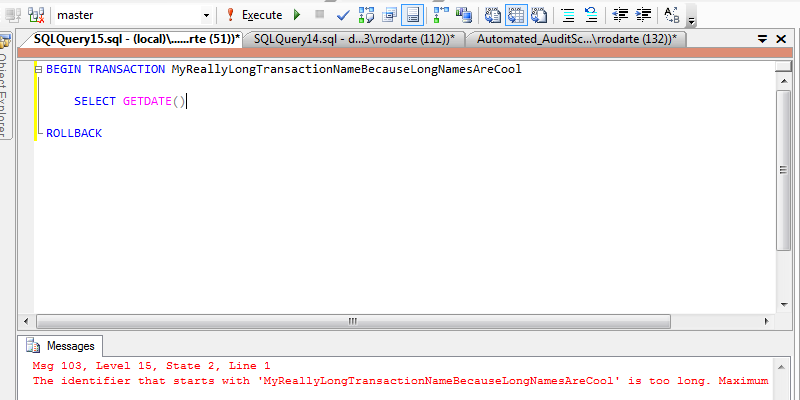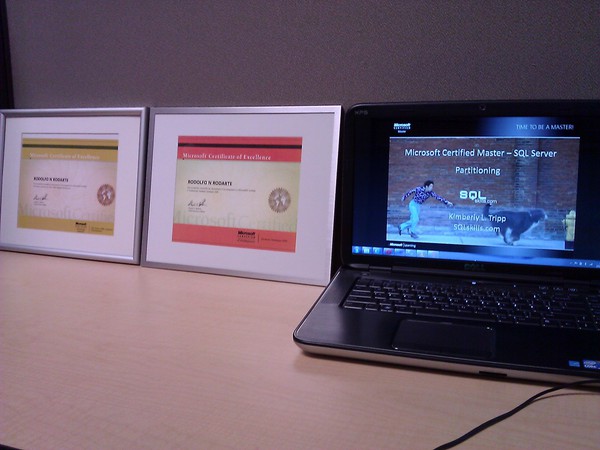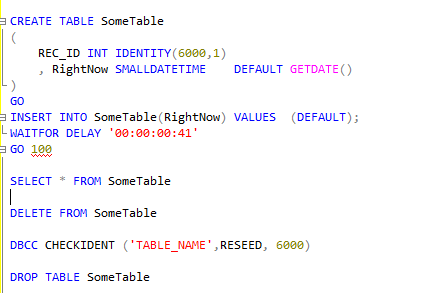
Display results Horizontally in SQL Server
We are all familiar with seeing our data in a vertical format from SSMS. Here is a sample:
SELECT * FROM #EmployeeJobs Employee_ID Job_id 100 500 100 501 100 502 100 503 100 504 191 501 191 502 191 503 191 505 188 503 188 504 |
But what if you, or your customer want’s the data horizontally? That is easy enough with a CTE. Continue reading “Display results Horizontally in SQL Server”





